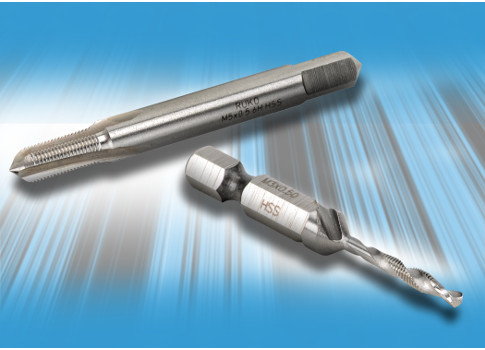If your insurer demand proof of maintenance, having the right answer can be critical
Businesses that suffer a power transformer failure on their site could face bills running into hundreds of thousands of dollars. Hopefully this unfortunate event will be covered by insurance.
Most insurance companies however will want evidence of a maintenance regime to show that this expensive asset has had care and attention throughout its working life to minimize the risk of failure. If test and maintenance reports are not available there is a risk that the insurance company could seek to minimize its liability.
A new power transformer of the type used in on-site substations can cost from a few thousand dollars to over $1 million so in itself is expensive, and it’s not unusual for the delivery time to be many months. Add the downtime from a failure and the cost of alternative temporary supplies, the total loss suffered by a business, as the result of a transformer failure can, therefore, be enormous.
As a result, it’s no real surprise that insurers are taking care that every aspect of their policy agreement has been satisfied before they pay out on such large claims. And the policy small print invariably puts the onus on the transformer owner to take all practicable steps to keep it in good condition — which essentially means regular testing and maintenance.
Many business owners assume that the power transformers on their sites are the responsibility of the utility company that supplies them with power. While this is usually the case, there are many instances where the transformer is the responsibility of the company that owns or rents the site.
“We strongly recommend that any company with a power transformer on site should check whether or not they are responsible for it,” said a loss prevention consultant. “If they are, they should at least consider setting up a regular testing program. Not only will this help to keep their insurers happy, it will also minimize the risk of the major disruption to business that invariably follows a transformer failure.”



